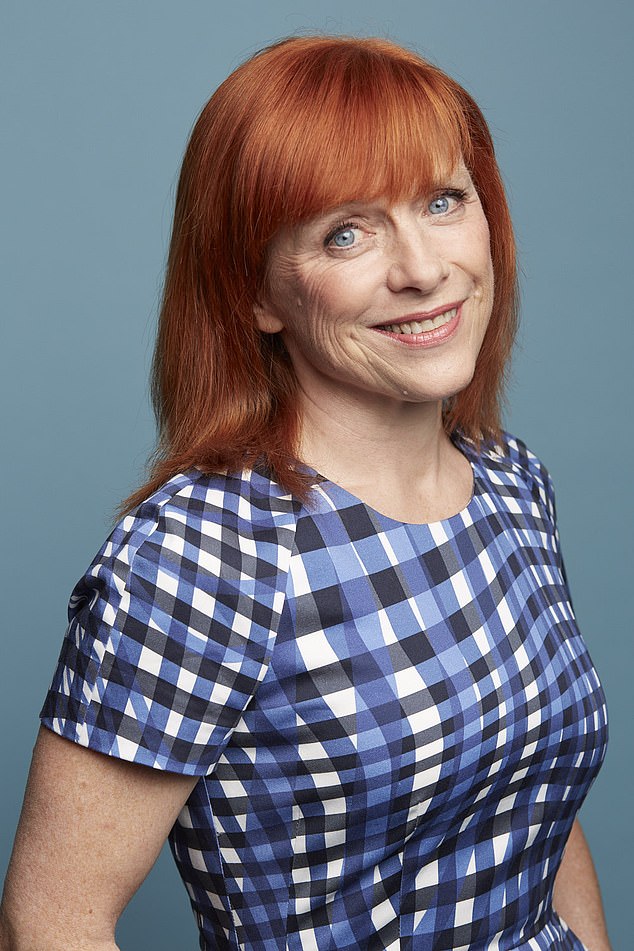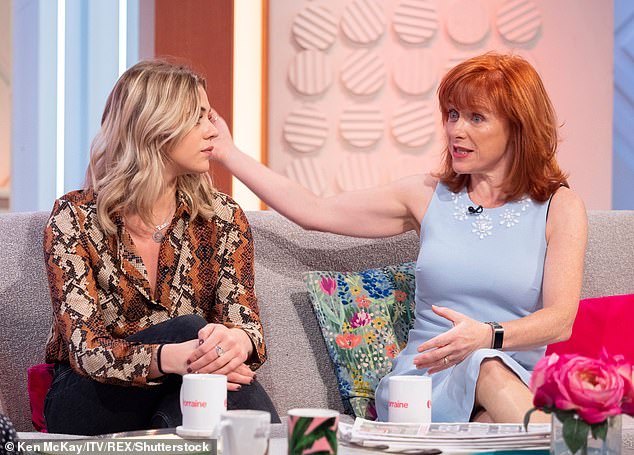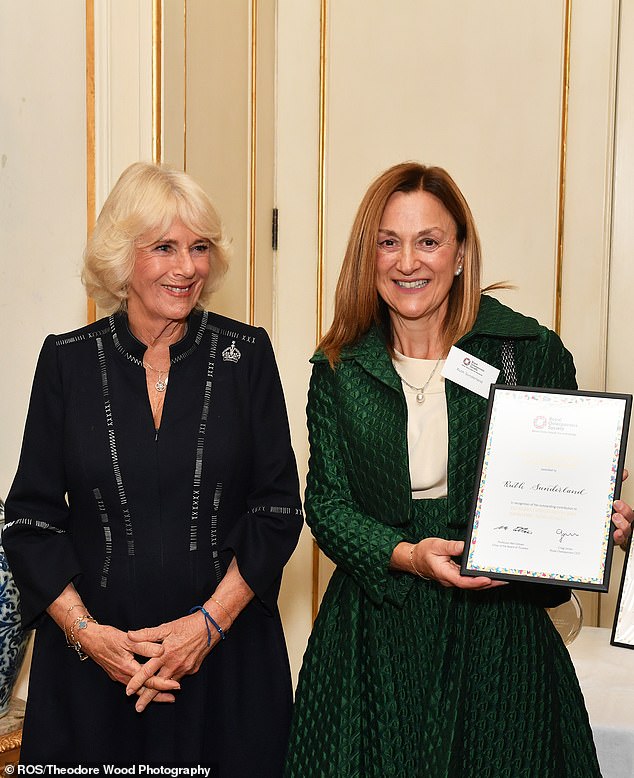Last month, Britain’s first female Chancellor gave the NHS its greatest funding boost in recent memory.
The injection of £22.6billion into the Health Service announced in the Autumn Budget is a welcome one. A record number of people are waiting for crucial procedures and many of our hospitals are in desperate need of renovations and new equipment.
I’m sure much of the money will be put to good use. However, I was saddened to see that Rachel Reeves had failed to find funding for a crucial women’s health issue.
The bone-thinning disease osteoporosis affects more than 3.5million people in the UK, though it is far more common in women.
It causes the bones to grow so weak that even coughs, sneezes, or hugs from a grandchild can shatter them.
Often known as the ‘silent disease’, patients may not realise that their bones are fragile until they suffer a life-changing fracture. These fractures are the fourth biggest cause of disability and premature death in the UK.
Yet, for many years, osteoporosis has been overlooked by the NHS. At-risk patients – for example, older women who have suffered a recent bone break – should be screened for the disease using a bone-density scan known as a DEXA scan.
Caught early, there are medicines which patients can take to keep their bones strong, reducing the risk of agonising – sometimes life-threatening – fractures.

Yet only half of hospitals in the UK have specialist clinics – known as Fracture Liaison Services – to carry out this screening programme.
This means that thousands of patients, mainly women, are going undiagnosed and untreated. This puts their lives in danger.
As a GP and regular BBC broadcaster, I have heard many heartbreaking stories about the way osteoporosis can ruin lives.
But I have also recently faced my own personal battle with the condition.
In my youth, I was an obsessive exerciser and the stress I put on my body caused my oestrogen levels to plummet to the point where I was no longer experiencing periods.
Research shows that when the amount of the sex hormone falls, this raises the risk of osteoporosis. This is why postmenopausal women – who have very low oestrogen levels – are so much more at-risk of the condition.
I was also extremely vitamin-D deficient – a problem many of us in the UK face given the lack of sunlight for much of the year. This also increases the chances of osteoporosis, because vitamin D helps strengthen bones.
But it was only after a friend of mine fractured her hip and wrist playing tennis around 18 months a go that I had a wake-up call to the danger I was in.

She was in her mid-60s, so only slightly older than myself (I’m 61).
Soon after this, I asked my GP for a DEXA scan, and the results were shocking. My bone density was around the same you’d expect to see in a 90-year-old. I clearly had osteoporosis.
Fortunately, I’m now on treatment, including daily injections which improve my bone strength. I’ve never had a fracture, although I’m still nervous about falls.
But I’m acutely aware that the only reason my osteoporosis was that, as a doctor, I knew the warning signs. I also knew that I needed a DEXA scan, something many patients may never have heard about before.
Without my prior knowledge, I likely would’ve have suffered multiple fractures in the coming years. And that is why I feel so strongly that the Government must do more to catch the condition early.
I was very pleased to read earlier this year that the now Health Secretary Wes Streeting had promised to make one of his first acts in Government tasking NHS England with setting up a ‘rollout plan’ for Fracture Liaison Services in every hospital in the country.
It seemed like a massive step in the right direction after so many years of dithering on the topic.
So, to hear that, after all, there are no immediate plans for more of these screening clinics in the budget was disheartening.

Once again it seems, osteoporosis has been put to the back of the queue, and treated like a minor health issue.
This is a massive mistake because osteoporosis will only become a bigger problem in the coming years.
Within the next twenty years, the Office for National Statistics (ONS) predicts that almost a quarter of the UK population will over-65. Currently that figure is just one in five.
Since the risk of osteoporosis rises with age, this means that millions more people will be in danger of suffering these terrible fractures. This will put a huge strain on the NHS and the social care system, but, most importantly, ruin the lives of many Britons.
In the future, I would also like to see a national screening programme for all women over 65 and men over 75, regardless of whether they have previously suffered a fracture.
Many other European countries offer this measure and it seems madness to me that we often wait until people have a life-changing fracture to step in and look for signs of the disease.
But, for now, I believe the greatest hope of fixing our current broken osteoporosis screening system lies in Parliament. The three main parties all went into the election promising to deliver Fracture Liaison Services within the next four years.
In total, 244 MPs have spoken out in support of them.
The time for Labour to act is now, while support is so strong.
On behalf of both doctors and patients, I’m pleading with Wes Streeting and Rachel Reeves: find the funding for Fracture Liaison Services, and end this escalating health crisis.
